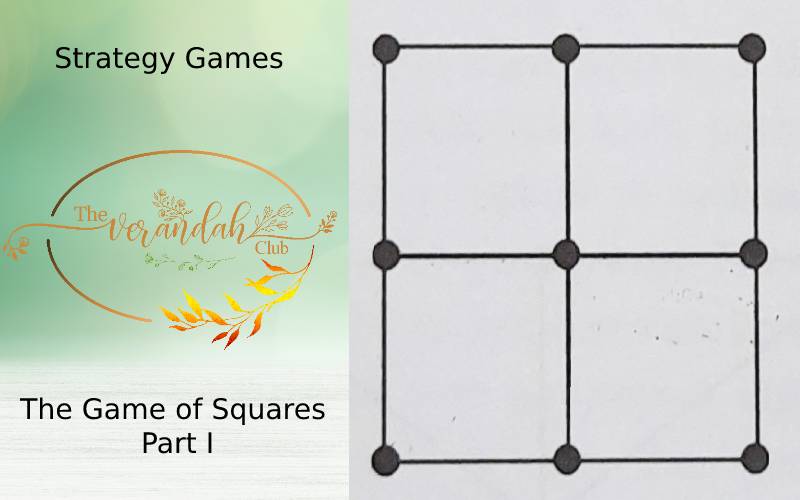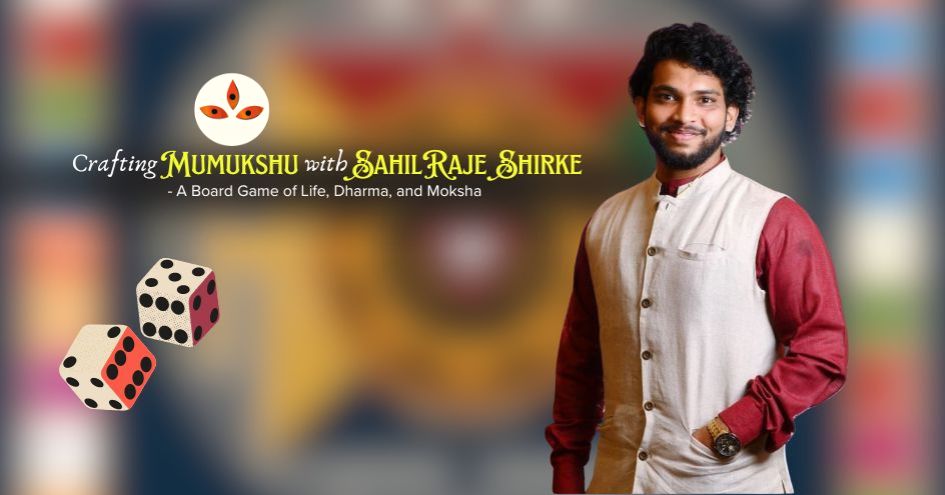
Playing strategic mind games were one of the important pastimes of our ancestors. Different types of such games were invented in the course of time. There were games which used crossing strategies and others which used planning, hiding, thinking, running strategies. Fortunately, few of the games are made available to be played using boards recently. Unlike the present, our forerunners did not have proper logistics to play. But they were intelligent enough to create the requirements of the game using what was obtainable then.
The strategic planning games included the series of square games. The boxes required by the players to make their moves were either drawn on the sand, or on the floor using a chalk piece. It included both the small and large squares. There was no use of cutting/throwing pieces in these games. The square game which is being discussed in this article was played by two players and it was popular in the rural areas. Small sticks, stones, or pieces of pottery was used to differentiate between the coins of both the players.
The fact that lied in the square games was, the players tried to bring their game pieces vertically, horizontally or diagonally in a row. The people in rural areas casually played this game when they wanted to. This improved their strategic planning skills and the skills required to face life. Although the children of today use the modern technology in many efficient ways, the future looks troubled. These luring gadgets have a serious impact which shall cause an imbalance in their body and mind in the long term.
Let us re-introduce these games to the modern children in attractive ways.
Square Game I
The board consisted of three vertical and three horizontal lines forming four squares. There were nine meeting points in the board. This game was played by two people who had three game pieces each. The players usually sat opposite to each other.
They used two sets of coins different from the other in the board drawn on the sand. Coins had to be positioned in nine different places. If the first player had placed his/her coin in one point, the second one had to place his/her coin at another point of choice. Then the first player moved his/her second piece so that he could have all three coins in row either horizontally or vertically in the third round.
But the second player would keep his/her second coin in that row which would not allow the first player to complete his/her first row. This was how both the players would play so that the other might not be able to bring his/her coin in a row.
The coins had to be moved to the three vacant points, as six coins occupied six points. Strategic moves would prove to be fruitful. Some players fixed the time limit for the game because few players would spend time in blocking the success of their opponents.
Though it appeared to be an easy game; it got prolonged if both the players were good at their moves. If all the three coins of one player were brought in a row, it was called an adi. One who made the maximum adi within the time span was declared the winner of the game. It was a simple game played not only by the rural people, but by school children too. Generally, it did not take much time to make one round of the game.

T. R. Surya is the special correspondent of the company. He is an eloquent speaker and compendious writer of English. An avid learner of Sanskrit and Indian scriptures under the guidance of Swami Ganeshaswarupananda and Gita Chaitanya of Arshavidyalaya. His inclination and interests are towards studying Metaphysics and philosophies.
Reference:
Balambal V. ‘Folk Games of Tamil Nadu.’ The C. P. Ramaswami Aiyar Foundation (2005).
NEXT ARTICLE

Indian parents today are increasingly concerned about their children's limited exposure to the country's rich culture, heritage, and history. Recogniz...

2nd May, 2025In a world increasingly dominated by fleeting digital entertainment, SahilRaje Shirke, an entrepreneur with a deep-rooted passion for Ind...